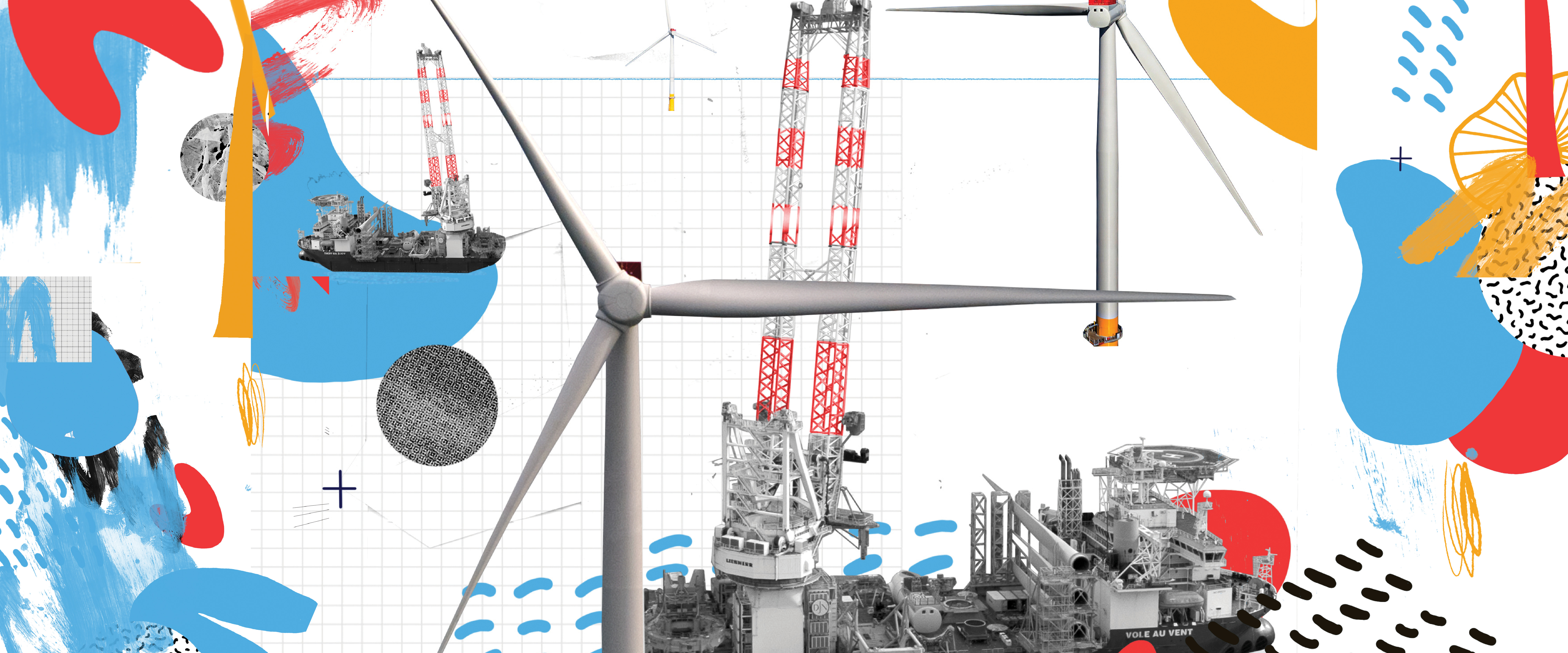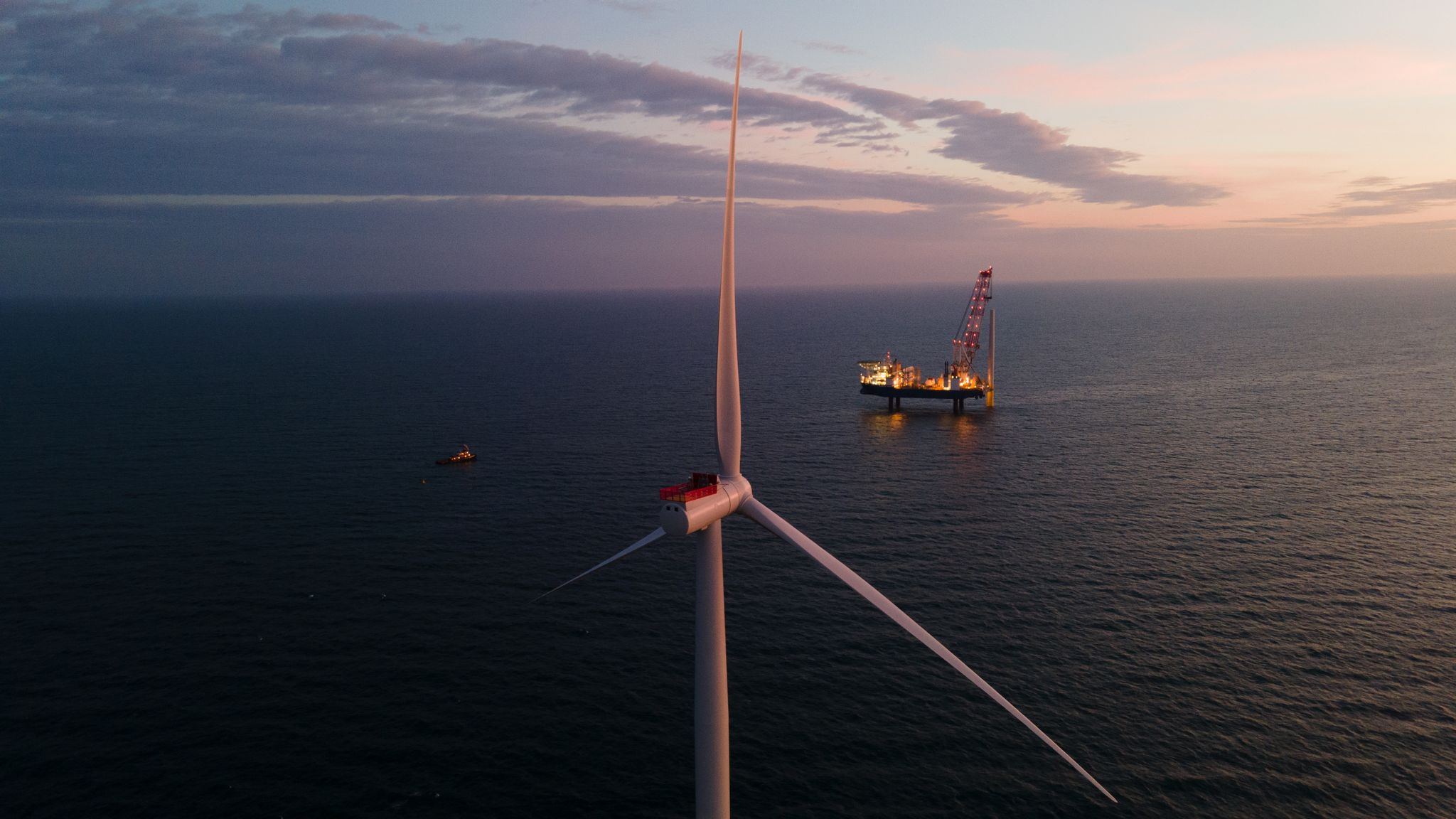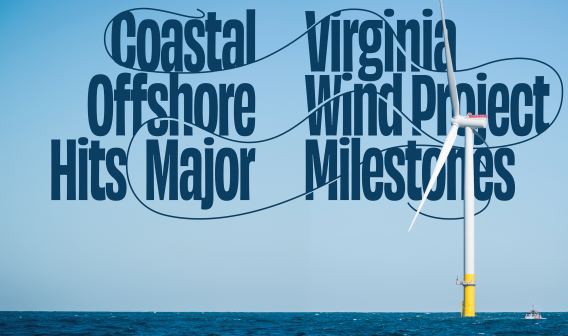
New College Institute, Martinsville
Growth also requires investments in the workforce, which are already underway. In addition to existing programs that train workers for maritime operations with skills useful to offshore wind, wind-specific training programs are coming online. One example is the Mid-Atlantic Wind Training Alliance, a partnership among the New College Institute, Centura College, and the Mid-Atlantic Maritime Academy that offers industry certifications and courses certified by the Global Wind Organisation at its training locations in Hampton Roads and Martinsville. An Xodus study estimates that more than 600 job functions are necessary to build an offshore wind farm.
“Right now, we have a nascent offshore wind industry,” Tingley said. “We’re probably 20 to 25 years behind Europe, but we’ll probably catch up in 10. To do that, we have to look at this not as a series of state projects, but an industry that spans the entire East Coast.”
That large regional industry could be focused on Virginia, owing in no small part to the Commonwealth’s geography. In addition to the deep channels and lack of overhead obstructions found around Hampton Roads, vessels traveling at 10 knots can reach all East Coast offshore wind lease areas and call areas within 36 hours.
“We’re looking to become the manufacturing, assembly, and logistics hub for the East Coast,” said Virginia Department of Energy Chief Deputy Jennifer Palestrant. “We’re going to see this new industry that’s such a wonderful marriage to what we’ve already got.”
The fit between Virginia and offshore wind is geographical, but also cultural, leading Palestrant to refer to the Commonwealth as the “epicenter of the U.S. maritime ecosystem.” The Port of Virginia is the third busiest on the East Coast. Virginia is the home of the country’s oldest naval shipyard (Norfolk Naval Shipyard), the world’s largest naval base (Naval Station Norfolk), and the largest U.S. shipbuilder (Newport News Shipbuilding).
These institutions have helped shape the infrastructure in the Hampton Roads region, preventing low bridges from being built, and the continued military presence could be a source of workers with transferable skills on the water or on land. Virginia is home to more than 25,000 shipbuilding and ship repair personnel — the largest concentration on the East Coast.
An Eye on Efficiency
Just as the physical scale of offshore wind dictates aspects of the manufacturing process, scales of time require careful planning. It’s possible that future offshore wind projects will take less time, but those currently under development can expect a decade-long process from planning to plug-in. Over those years of planning, companies must work cooperatively with numerous other interest groups.
“A critical part of the success is in stakeholder engagement. How do you engage with fisheries, with job training, with local communities?” Tingley said. “How do you make sure everyone understands the benefits, impact, and timing?”
Navigating the regulatory waters of offshore wind energy can be particularly challenging. In general, new construction on the water is subject to federal law and U.S. Bureau of Ocean Energy Management regulations, while state laws apply on land. A company planning to operate all along the Eastern Seaboard would need to familiarize itself with the rules of multiple states.
In 2020, in an effort to streamline some of the regulatory challenges, Virginia entered into a memorandum of understanding (MOU) with Maryland and North Carolina. The partnership includes aligning regulations, offering businesses a permitting liaison from all three states, job training opportunities, and stakeholder engagement across state lines.





